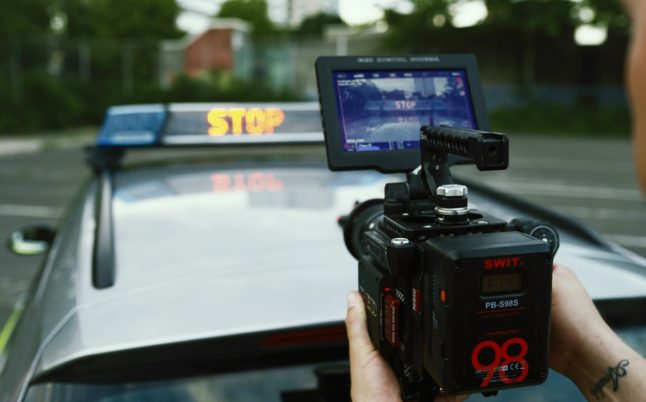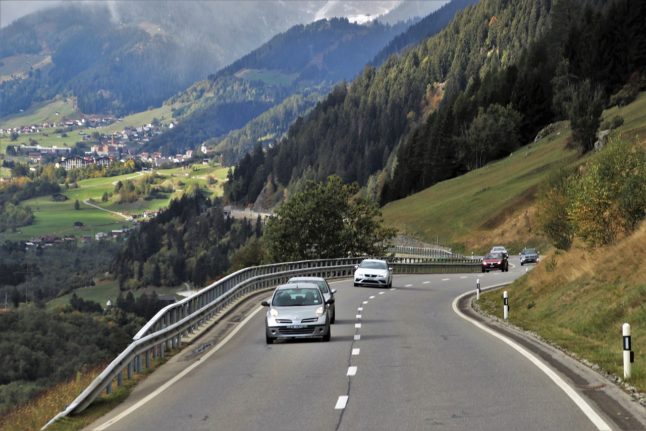Until now, fines that German drivers got in countries outside the EU (including Switzerland) were not enforceable.
By the same token, motorists from Switzerland could get out of paying penalties for traffic infractions committed in Germany.
But this will no longer be the case from May 1st.
A new agreement between Bern and Berlin will allow their respective police to enforce traffic violations committed on each other’s territory.
What exactly will change on May 1st?
To put it simply, from this day on you will be required to pay any traffic-related fines you receive while in Germany.
This relates not just to speeding infractions, but also to parking fines.
However, the new regulation applies only if the fine imposed exceeds 70 euros or 80 francs.
In such a case, German police will send the fine over to their Swiss counterparts, who will then forward it you for payment.
As a reminder, similar agreements already exist with Switzerland’s other neighbours.
Pay you must
If you think you can toss your foreign ticket away once you are safely back home in neutral Switzerland, and stay under the radar — figuratively speaking — you may be in for a rude awakening.
“Traffic fines issued abroad should always be paid, otherwise the issuing authority may take measures against the vehicle owner, even if they live in Switzerland,” the Federal Office of Police (Fedpol) says on its website.
“Measures can include an entry in a search database, a ban on entering the country in future, or high reminder fees. If you return to the country concerned having failed to pay the fine, your car may be confiscated until the fine has been paid. You may even be subject to imprisonment for one or more days.”
READ ALSO: What happens if I don’t pay my Swiss bills on time?



 Please whitelist us to continue reading.
Please whitelist us to continue reading.
Member comments